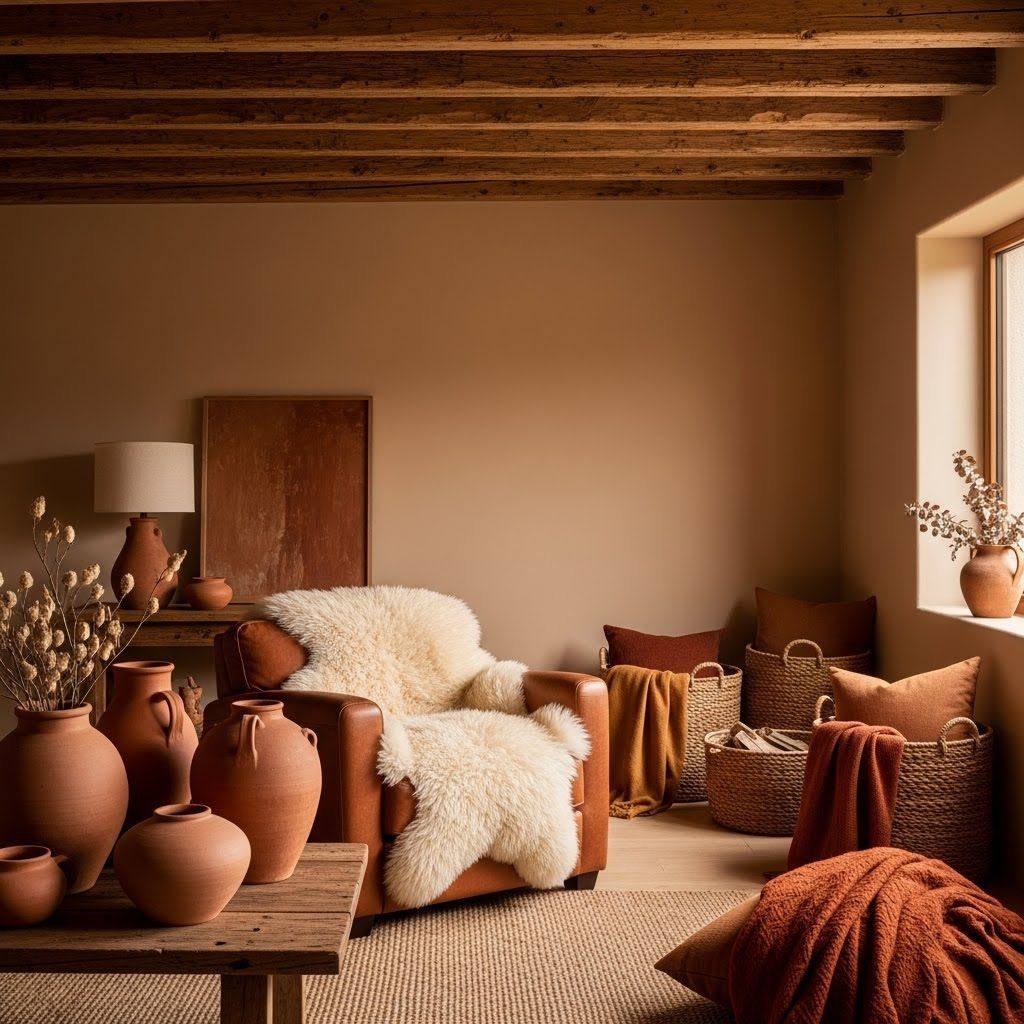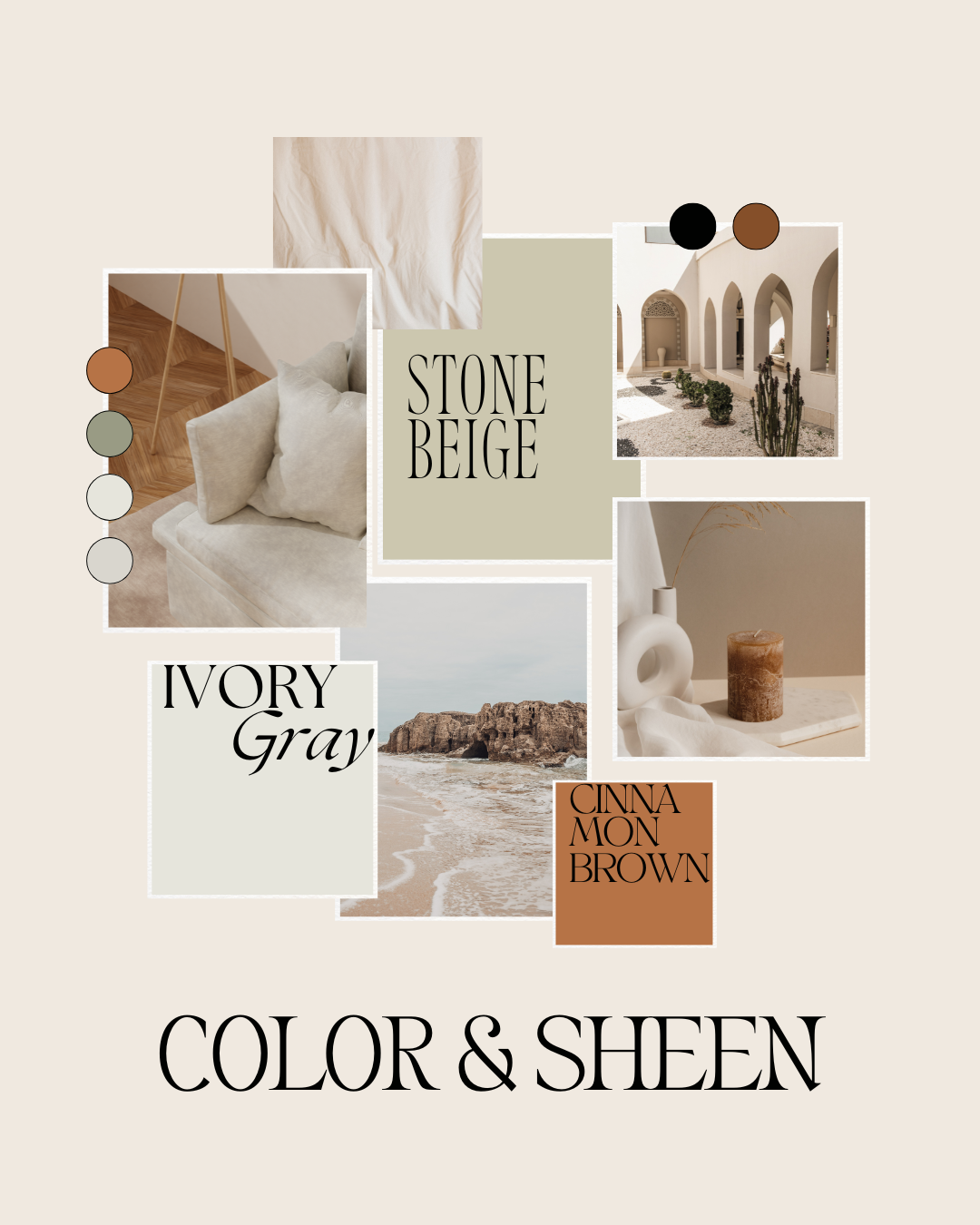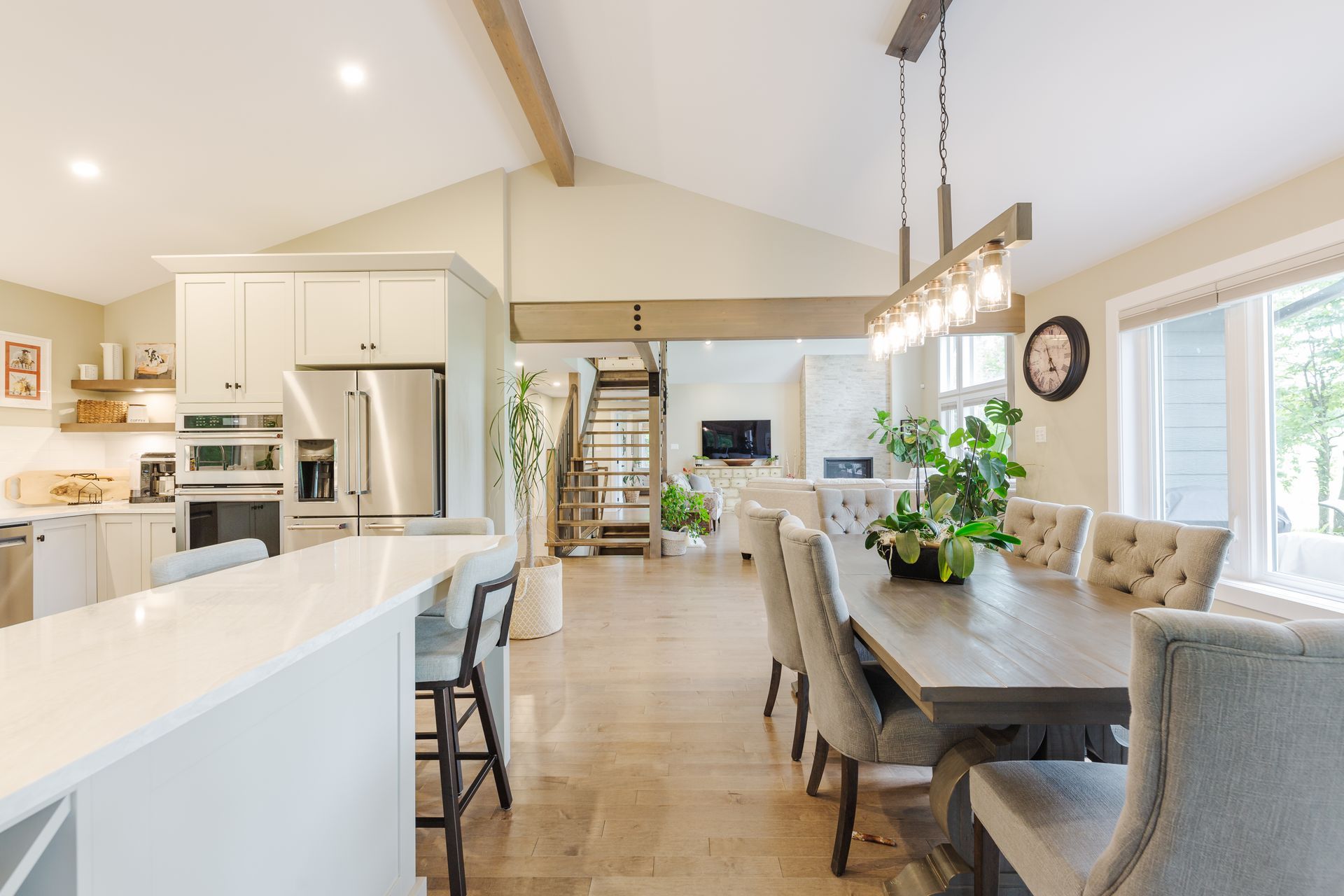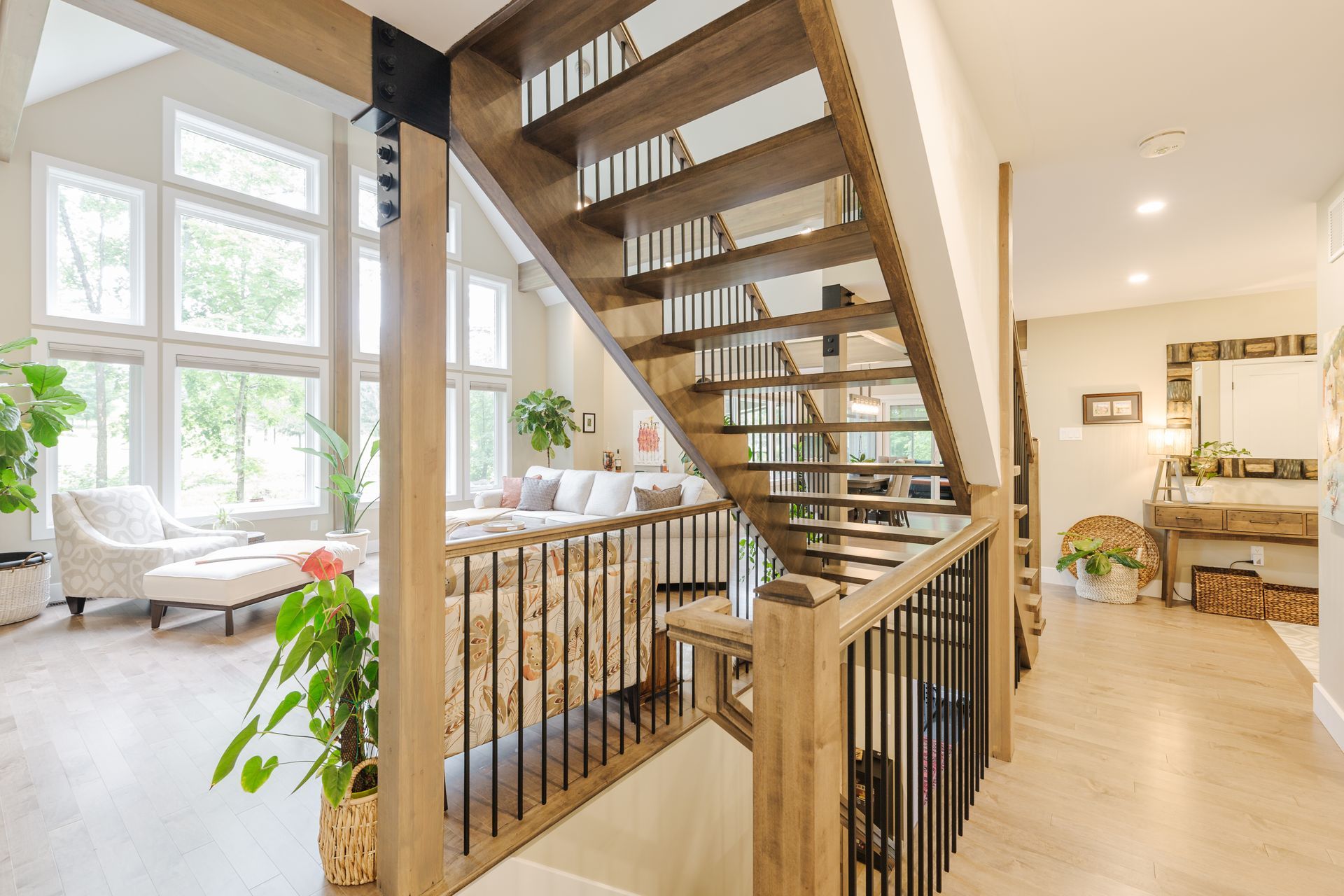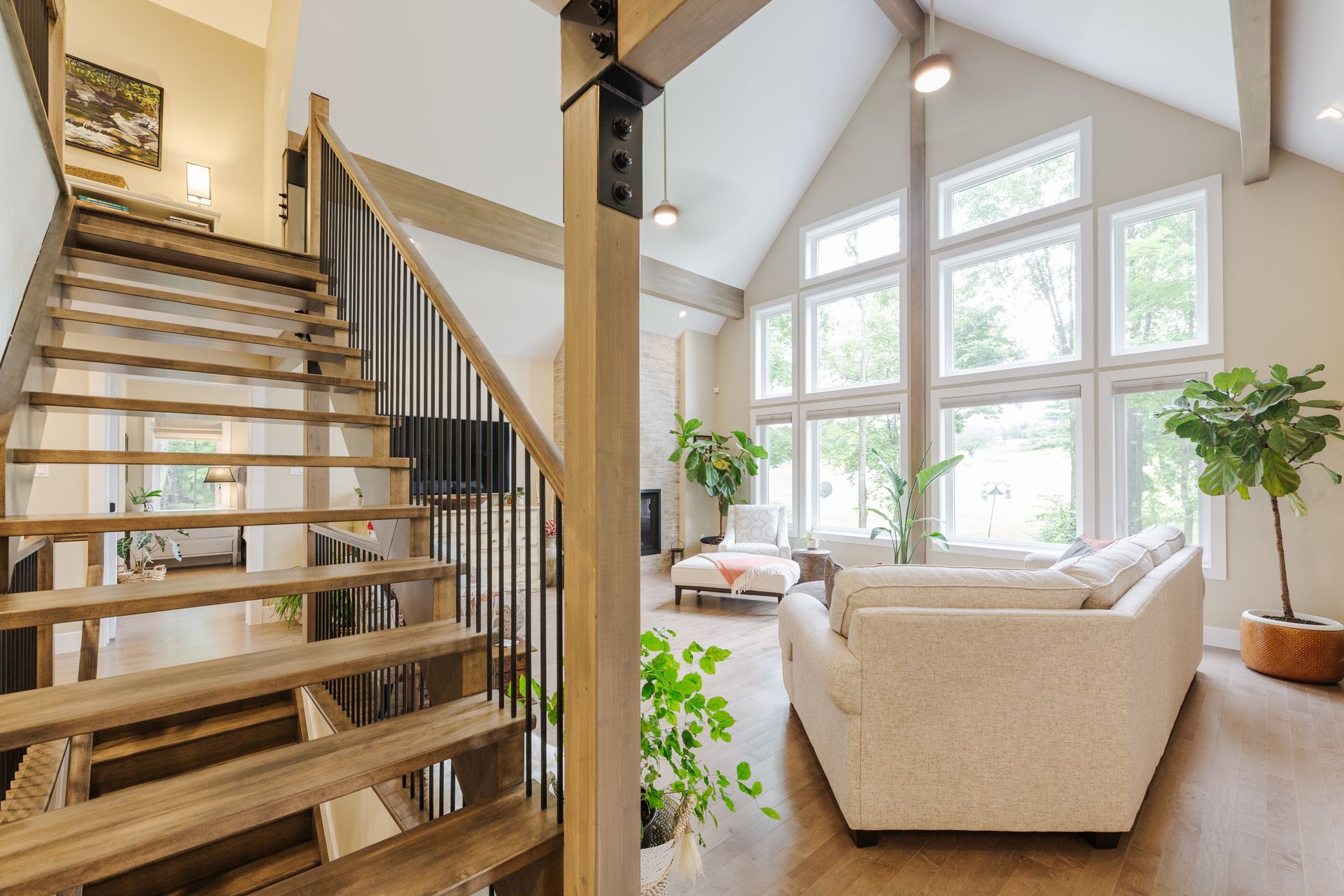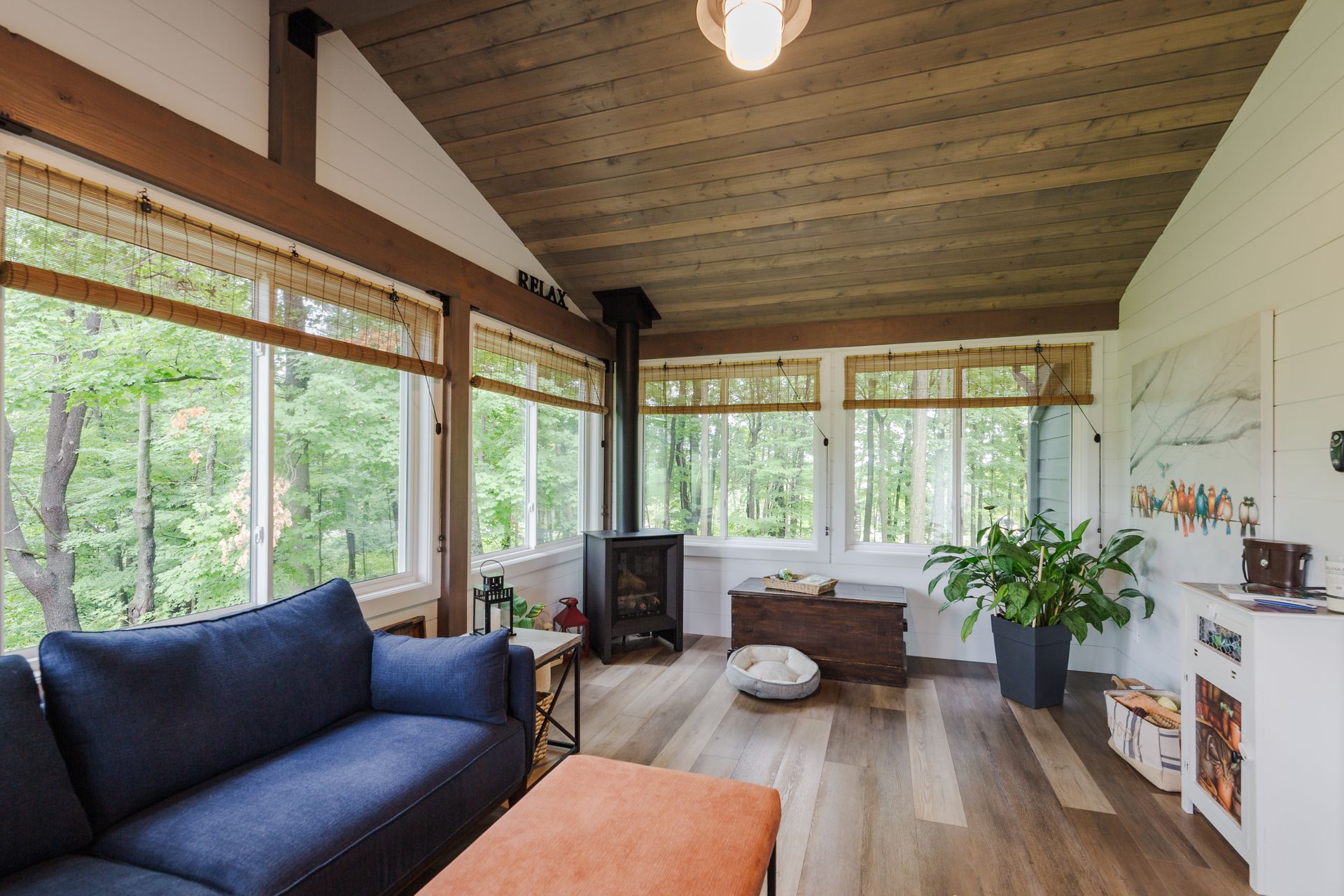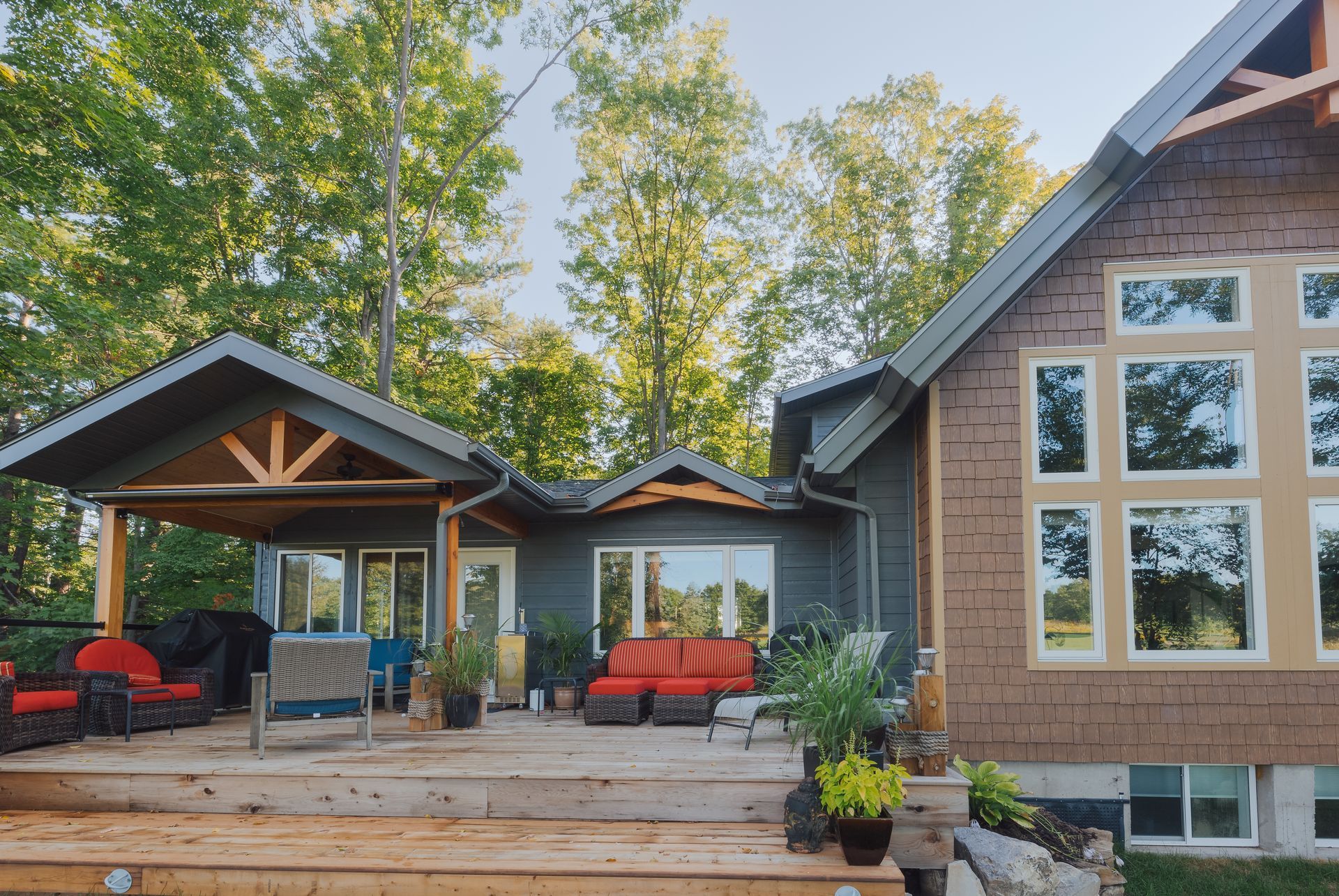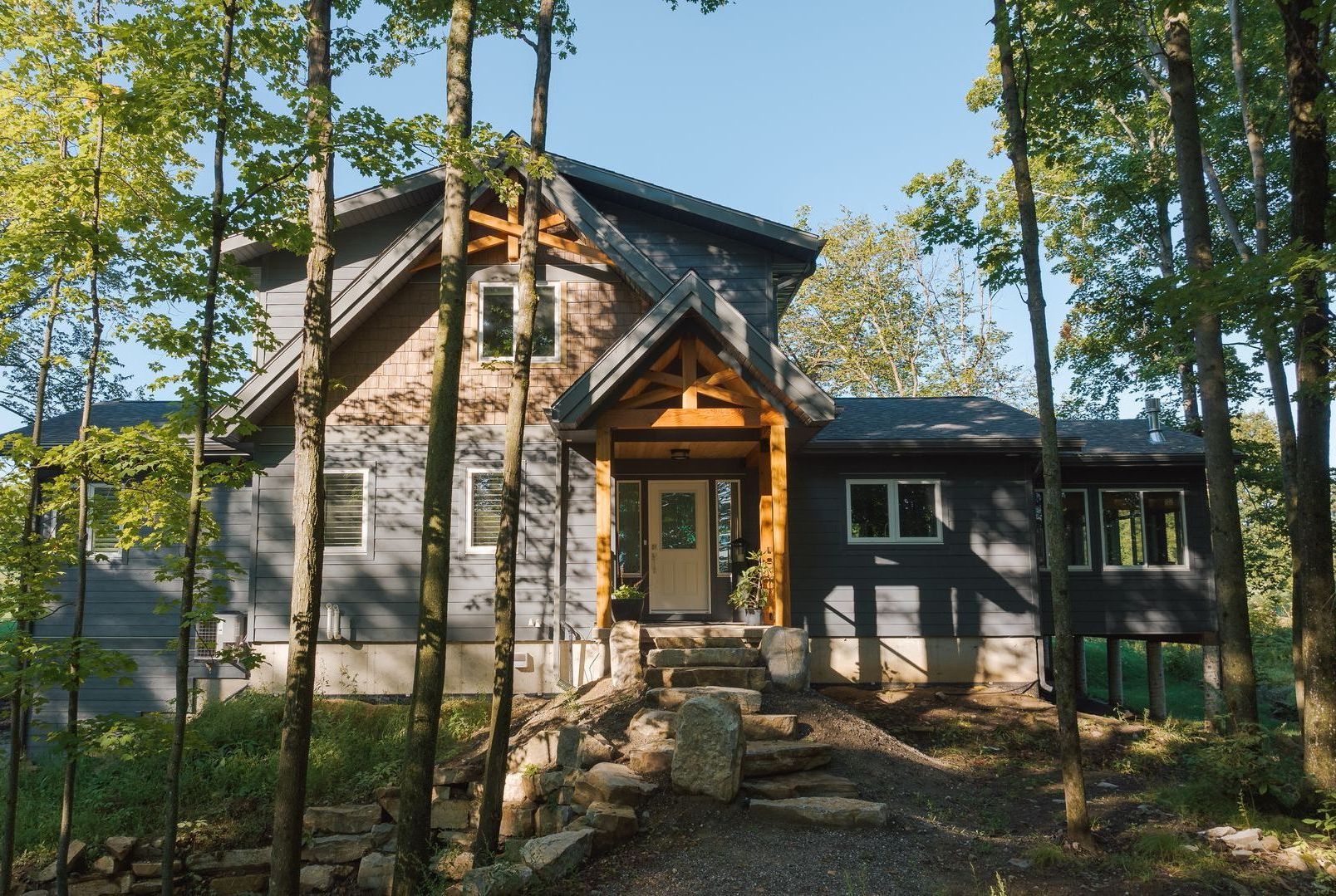Juxtaposition: The Art of Contrasts
Juxtaposition in interior design is the deliberate placement of contrasting elements side by side to create visual interest, highlight differences, and evoke emotion. It’s not just about mixing styles or colors, it’s about using contrast as a tool to bring energy, depth, and narrative into a space. When done well, juxtaposition transforms rooms from ordinary to unforgettable.
What Juxtaposition Means in Design
In simple terms, juxtaposition is the art of “this next to that”, pairing elements that are different in scale, texture, shape, color, style, or era. The human eye is naturally drawn to contrast, so juxtaposed elements encourage people to pause, take notice, and engage with the space. This approach can make a room feel more layered and personal, telling a story about the people who live there.
Why Juxtaposition Works
Our brains love patterns, but they also love surprises. Too much uniformity can make a room feel flat, while too much chaos feels overwhelming. Juxtaposition strikes a balance by providing both harmony and tension. A sleek, modern sofa paired with a centuries-old Persian rug creates intrigue. A glossy marble table against a backdrop of rustic wood beams sparks conversation. These contrasts stimulate the senses and make a space memorable.
Ways to Use Juxtaposition in Interior Design
- Mixing Old and New
One of the most powerful forms of juxtaposition is blending antiques with modern pieces. A minimalist dining table surrounded by vintage chairs, or a contemporary light fixture hanging above a reclaimed farmhouse table, creates an interplay between time periods that feels both grounded and fresh. - Contrasting Textures
Texture contrast adds depth and tactile richness. Imagine pairing a plush velvet sofa with a raw, exposed brick wall, or a sleek glass coffee table on top of a chunky wool rug. The softness plays against the roughness, and the glossy plays against the matte, giving the room a richer sensory experience. - Color Opposites
Color theory offers endless opportunities for juxtaposition. Placing complementary colors like deep navy with warm orange can create vibrancy, while high-contrast neutrals like black and white add drama. Even subtle contrasts, such as muted tones against a single bold accent color, can have a striking effect. - Mixing Shapes and Forms
Geometric and organic shapes work beautifully in juxtaposition. A round mirror above a rectangular console table, or curvaceous chairs flanking a sharp-edged desk, creates visual tension and balance. This approach helps a room feel dynamic rather than static. - Balancing Scale
Playing with proportions can make a space feel more engaging. A large-scale art piece above a small reading nook, or an oversized pendant light over a petite table, draws the eye and adds personality. - High-Low Styling
Pairing luxury pieces with affordable finds creates a layered, lived-in aesthetic. A designer sofa with thrifted side tables, or a high-end chandelier above a DIY kitchen island, makes a space feel curated rather than showroom perfect.
The Subtle Side of Juxtaposition
Not all contrasts need to be bold. Sometimes, the most sophisticated interiors use gentle juxtapositions, like slightly mismatched wood tones, or combining glossy and matte finishes in the same color palette. These quiet contrasts add depth without shouting for attention.
Tips for Getting It Right
- Anchor the space with at least one unifying element, such as a color scheme or repeating material, so the contrasts don’t feel chaotic.
- Edit with intention - too many contrasts in one room can create visual overload. Choose one or two types of juxtaposition to highlight.
- Let each element breathe - give enough space around contrasting pieces so their differences are noticeable and impactful.
The Emotional Impact
Juxtaposition isn’t just a design technique, it’s a storytelling tool. It reflects the complexity of life, where beauty often lies in the unexpected. A room that marries industrial grit with romantic softness tells a different story than one that blends coastal calm with urban edge. This layered storytelling makes interiors feel personal, authentic, and memorable.
In the end, juxtaposition is about creating conversation—between materials, colors, shapes, and eras. It’s the meeting point between comfort and surprise, tradition and innovation. When you use it thoughtfully, juxtaposition transforms interiors into experiences, inviting people not just to see the space, but to feel it.
Ready to tell your story? I'm here to help.
